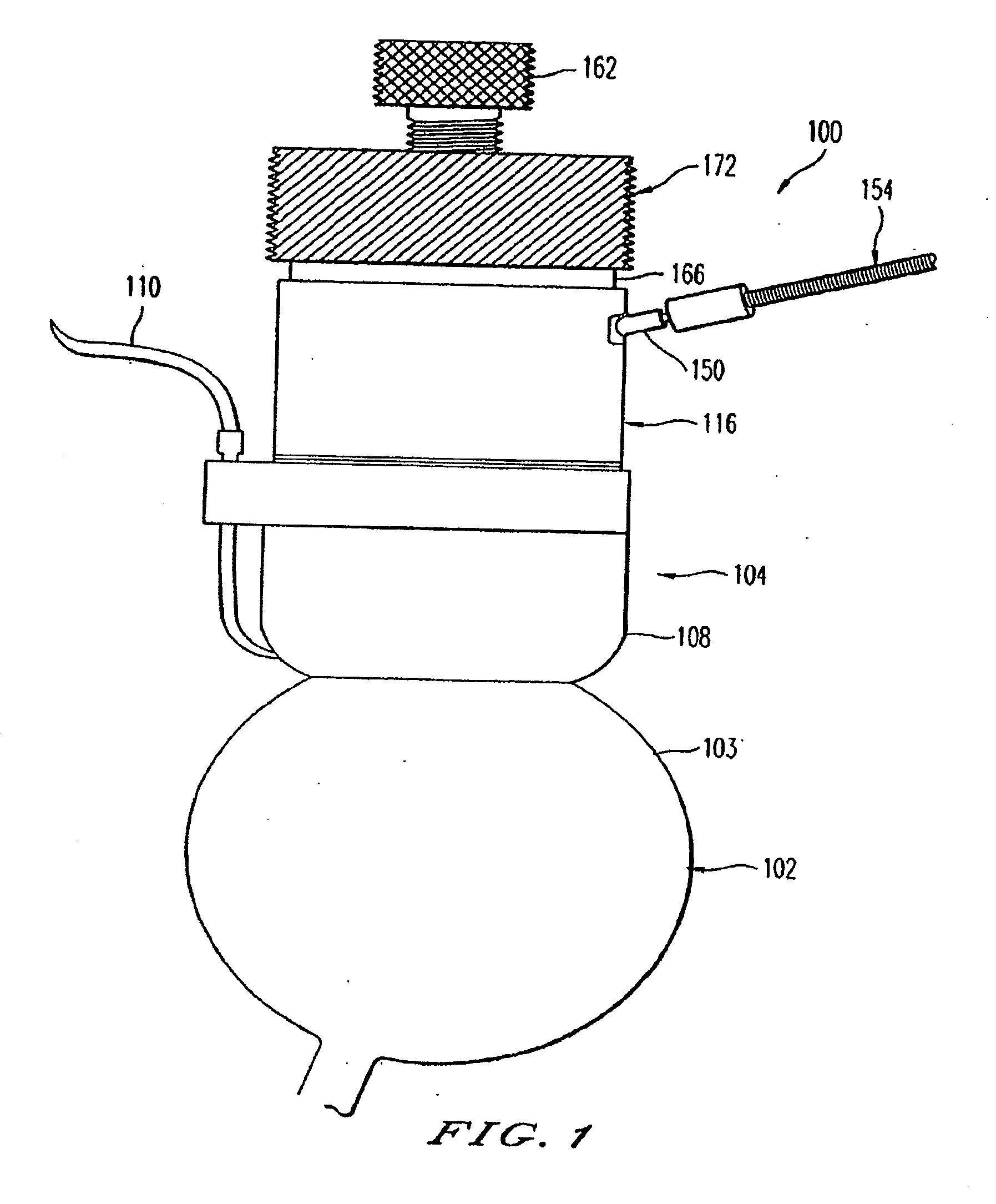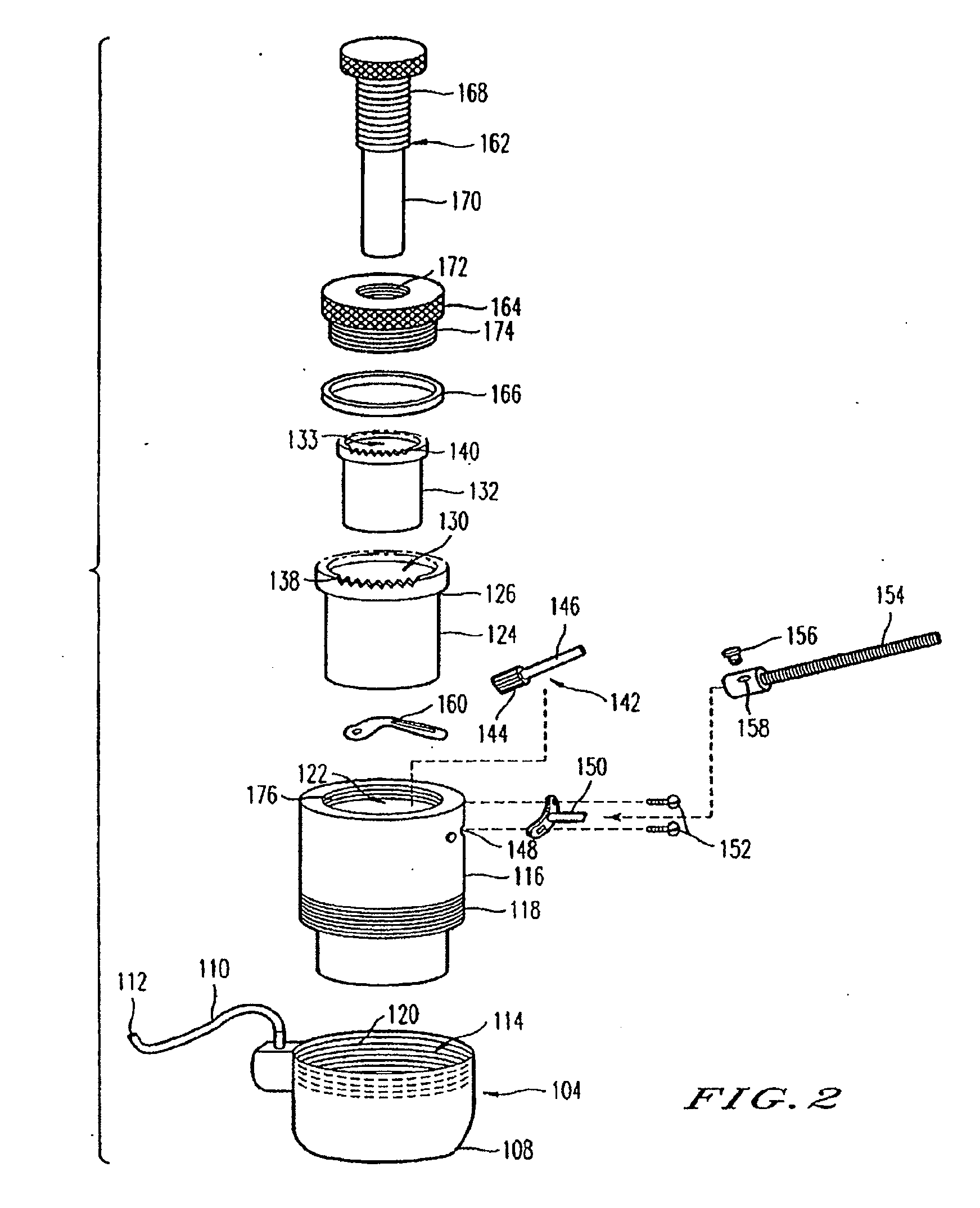Intrastromal corneal modification
a corneal and stromal technology, applied in the field of live corneal modification, can solve the problems of ametropia, inability of the lens and cornea to focus the far point correctly, and inability of the astigmatic eye to sharply focus images on the retina, so as to achieve the effect of modifying the curvature of the live corneal shap
- Summary
- Abstract
- Description
- Claims
- Application Information
AI Technical Summary
Benefits of technology
Problems solved by technology
Method used
Image
Examples
embodiment
of FIG. 38
[0184]Referring now to FIG. 38, a modified guiding mechanism 1072 is shown which is similar to guiding mechanism 1026 shown in FIGS. 35-37 except that the size of the orifice is not variable. Thus, the modified guiding mechanism 1072 is comprised of a ring 1074 on a stand 1076, an opaque disc 1078 which is rotatable in the ring via a suitable motor, not shown, and a slidable masking cover 1080. Disc 1078 has a rectangular orifice 1082 extending diametrically there across with parallel rails 1084 and 1086 on top and bottom for slidably receiving the masking cover 1080 thereon, this cover being U-shaped for engagement with the rails. The masking cover 1080 has its own orifice 1088 therein which aligns with orifice 1082 on the disc. Thus, by sliding the masking cover 1080 along the rails of the disc, the location of the intersection of orifice 1088 and orifice 1082 can be varied to vary the radial position of the overall through orifice formed by the combination of these two ...
PUM
 Login to View More
Login to View More Abstract
Description
Claims
Application Information
 Login to View More
Login to View More - R&D
- Intellectual Property
- Life Sciences
- Materials
- Tech Scout
- Unparalleled Data Quality
- Higher Quality Content
- 60% Fewer Hallucinations
Browse by: Latest US Patents, China's latest patents, Technical Efficacy Thesaurus, Application Domain, Technology Topic, Popular Technical Reports.
© 2025 PatSnap. All rights reserved.Legal|Privacy policy|Modern Slavery Act Transparency Statement|Sitemap|About US| Contact US: help@patsnap.com



